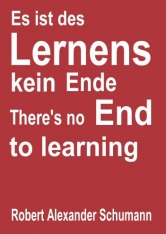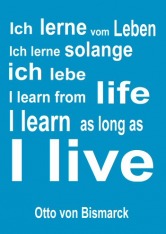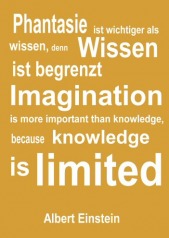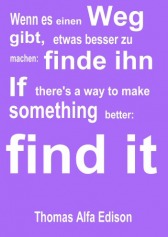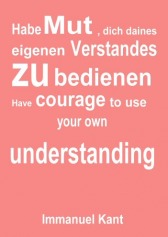I have taught my 5th graders about the earthquake using this simulation last year. When the 9 Richeter scale earthquake hit Japan on March 11, 2011, I brought my 4th graders to the earthquake simulation sim to 'feel' the tremor and destruction. During the simulation, my students learned how to survive an earthquake. They learned that "triangle of life" could save their lives during an earthquake.
This "Ask the Expert' idea came from professor Bill Shields from Department of Geology, Illinois State University. He thought that technology can bridge the time and distance barriers that prevent students to learn from experts all over the world. Imagine to be able to interact with experts from every corner of the world in a click away.
I believe it doesn't take a village but a whole world to raise the next generation. So the idea of 'Ask the Expert' session is brilliant. Kids should not depend their learning on just one teacher. Our first 'Ask the Expert' session was with a hydrologist because my 5th grade students were learning about water. Because of the time difference (we all live in Indonesia and the professor live in the US), the session could only be started at 9 pm Jakarta time but my students were excited and forget their sleepiness. I was the moderator for a minute before 'Iron Woman', one of my students, took over my role (and keep me aside. lol). My students agreed that they would ask just one question about water to the professor but as soon as the session started, they asked more than one question and they were competing for their chance to ask. It was a great night. Here are some of my students' questions: - How old is water? - Will water cycle stop? - How did we get water on earth? - Why isn't there water in other planets? - How can water conduct electricity? - Can we make wter out of substances that is not water? and many more.... The instruction I gave to my grade 5 students was quite simple: "Read your texts about water cycle, do internet research and make a presentation in SL. Then we will make an experiment about the water cycle." I allowed my students to do whatever they wanted with the project although I was actually expecting them to just make plain rectangular boards of posters. I was WRONG!!! When they showed me their works I was stunned. I couldn't stop saying "How did you do that?" Through this project I learned and believed this "Give children tools to learn and lots of freedom then they will show you their creativity."
My klasse fünf students were reaching their last unit in earth science, the violent weather. We took a plane in NOAA sim and flew to the eye of the hurricane.
If you want to learn about tsunami, you shouldn't miss the tsunami demonstration in Meteora island of NOAA. You will get a first hand experience about tsunami but won't get wet or die because of it. Don't forget to dive deep under the ocean to learn about the tsunameter. It's right under the visible buoy.
Ini salah satu alasan kenapa kemampuan building sangat dibutuhkan di SL. Saya membuat papan interaktif di atas sendiri untuk menjelaskan kepada anak-anak mengenai earth's major plates. Di mana lagi kita bisa punya papan interaktif sebesar itu selain di SL? Di mana lagi kita bisa dengan sesuka hati meletakkan papan interaktif di atas rumput selain di SL?
Wie können wir überleben ein Erdbeben? Caranya mudah, belajar dulu simulasi gempa bumi di SL supaya kita bisa tahu bagaimana bisa selamat dari bencana ini. Simulasi gempa bumi di Praxis Prime ini dilengkapi dengan slideshow dan data mengenai gempa bumi di seluruh dunia. Waktu belajar di sana, anak-anak saya minta memilih tempat di dalam gedung untuk berlindung dari gempa bumi. Kemudian tombol simulasinya saya pencet dan GUBRAK! gedung runtuh dan mereka yang tidak mengerti prinsip-prinsip berlindung dari gempa pasti tertimpa reruntuhan bangunan. Untung saja avatar tidak bisa mati he he...
|
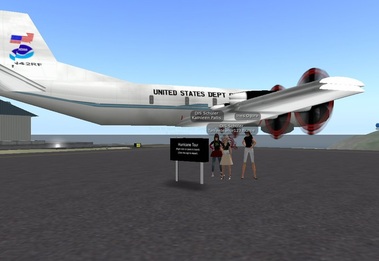
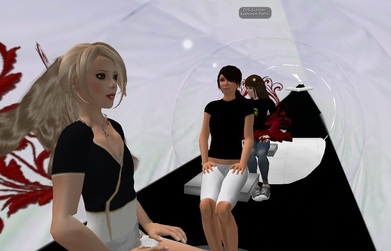
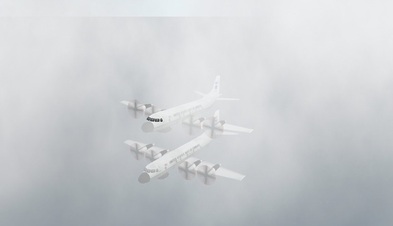
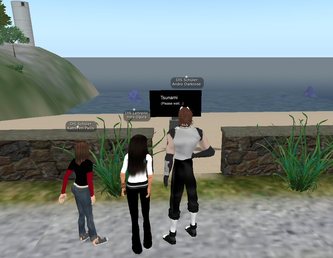
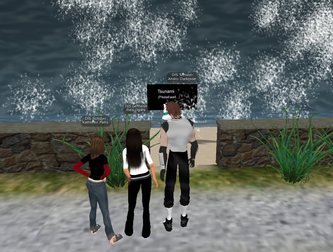
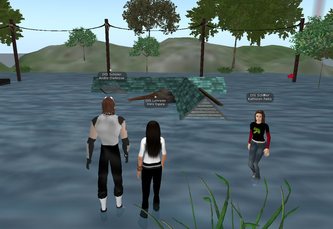
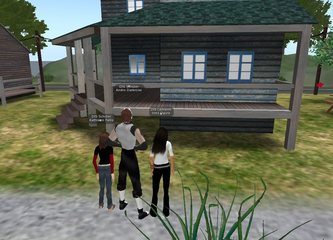
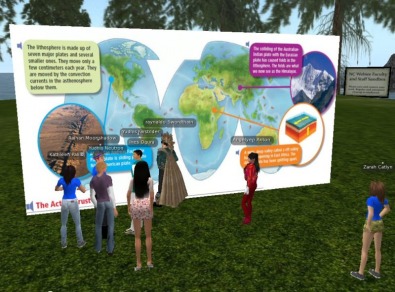
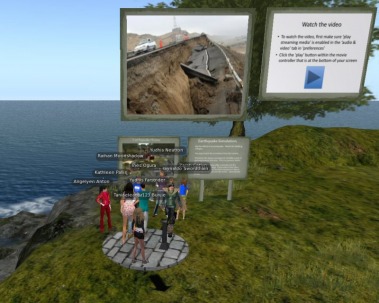
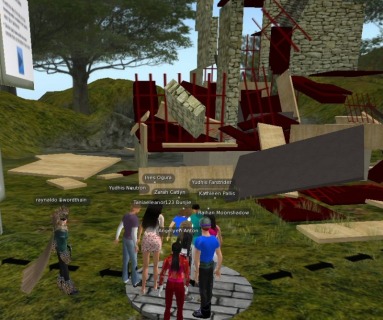
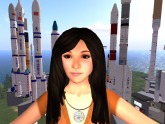
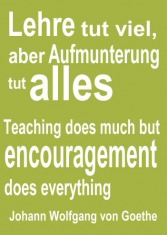
 RSS Feed
RSS Feed